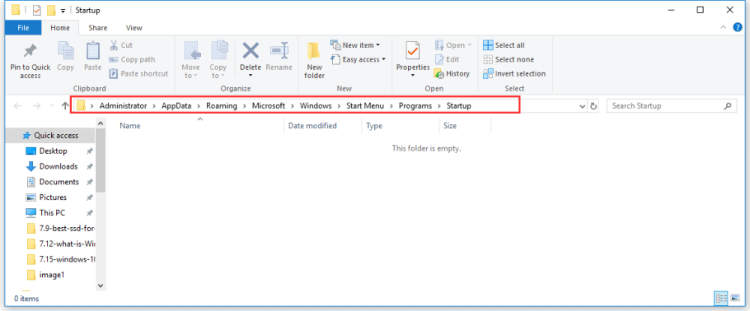Windows 10 is a powerful operating system, but over time it may start to slow down and become less responsive. If you’re looking to give your PC a performance boost, optimizing Windows 10 is the way to go. In this article, we will explore some effective strategies and tips to help you optimize your Windows 10 system for better performance.
Whether you’re a casual user or a power user, these techniques and tweaks can help you make the most out of your Windows 10 experience. From disabling unnecessary startup programs to cleaning up junk files, we will cover a range of methods that can speed up your system. So, let’s dive in and discover how you can optimize your Windows 10 for optimal performance.
Adjust Power Settings in Windows 10
One of the ways to optimize Windows 10 for better performance is by adjusting the power settings. By customizing the power settings, you can effectively manage the power consumption of your device, leading to improved performance and longer battery life.
1. Open Power Options
To adjust power settings, start by opening the Power Options menu. You can do this by right-clicking the battery icon in the system tray and selecting “Power Options” or by searching for “Power Options” in the Start menu.
2. Choose a Power Plan
Once the Power Options menu is open, you’ll see a list of power plans available on your device. These plans include “Balanced,” “Power Saver,” and “High Performance.” Choose the power plan that suits your needs.
3. Customize Power Plan Settings
To further optimize your chosen power plan, you can customize its settings. Click on the “Change plan settings” link next to the selected plan, and then click on “Change advanced power settings.” This will open a new window where you can fine-tune various power options.
4. Adjust Individual Power Options
In the advanced power settings window, you will find a list of individual power options that you can adjust. These options include settings for the display, hard disk, processor, and more. Make changes according to your preferences, taking into consideration the trade-offs between performance and power consumption.
5. Save Changes
After customizing the power plan settings, click on the “Apply” button, followed by the “OK” button, to save the changes. The new power settings will now be in effect.
By adjusting the power settings in Windows 10, you can optimize your device’s performance and achieve a better balance between power consumption and battery life.
2. Manage Startup Programs

Having too many programs running at startup can significantly slow down your computer’s performance. By managing your startup programs, you can optimize Windows 10 for better performance.
Here are some steps to manage your startup programs:
- Open Task Manager: Right-click on the taskbar and select “Task Manager” from the context menu. Alternatively, you can press
Ctrl + Shift + Escto open Task Manager directly. - Navigate to the Startup Tab: In the Task Manager window, click on the “Startup” tab.
- Disable Unnecessary Programs: Look through the list of startup programs and identify any unnecessary ones that you don’t use regularly. Right-click on the program and select “Disable” to prevent it from launching at startup.
- Research Unknown Programs: If you come across any programs that you are unsure about, it’s recommended to do a quick online search to understand their purpose. If they are unnecessary, disable them.
- Enable Delayed Start: For programs that you want to keep running at startup but don’t need to launch immediately, you can select “Open Task Manager” and right-click on the program then choose “Properties”. In the “General” tab, check the “Start-up type” box and select “Delayed Start”. This allows your computer to boot up faster while delaying the launch of certain programs.
By managing your startup programs, you can reduce the amount of resources consumed by unnecessary programs, allowing your computer to boot up faster and overall improving performance.
Conclusion
In conclusion, optimizing Windows 10 for performance is essential to ensure smooth and efficient usage of the operating system. By following the tips and tricks mentioned above, users can significantly improve their system’s speed and responsiveness.
It is important to regularly maintain Windows 10 by cleaning up unnecessary files, disabling startup programs, and updating drivers to optimize system performance. Additionally, adjusting the power settings, managing virtual memory, and utilizing the built-in performance tools can further enhance the overall performance of Windows 10.

0 Komentar untuk "How to Optimize Windows 10 for Performance?"